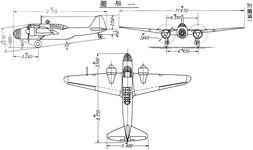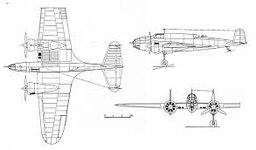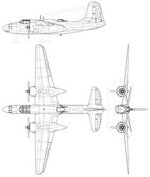GregP
Major
As I recall, the rudders were overbalanced and, if you deflected them too far, they'd snap over to full deflection and stay there. The only way yo get the rudders back balanced was to slow down, pull up into a whip-stall and, when it stalled, puch the rudder back to center. Seems pretty easy to fix ... reduce the balance tab size. But, hey, that's just one way to fix it. I'm sure Rube Goldberg could come up with many fixes but, somehow, nobody ese seems to have acomplished it.





